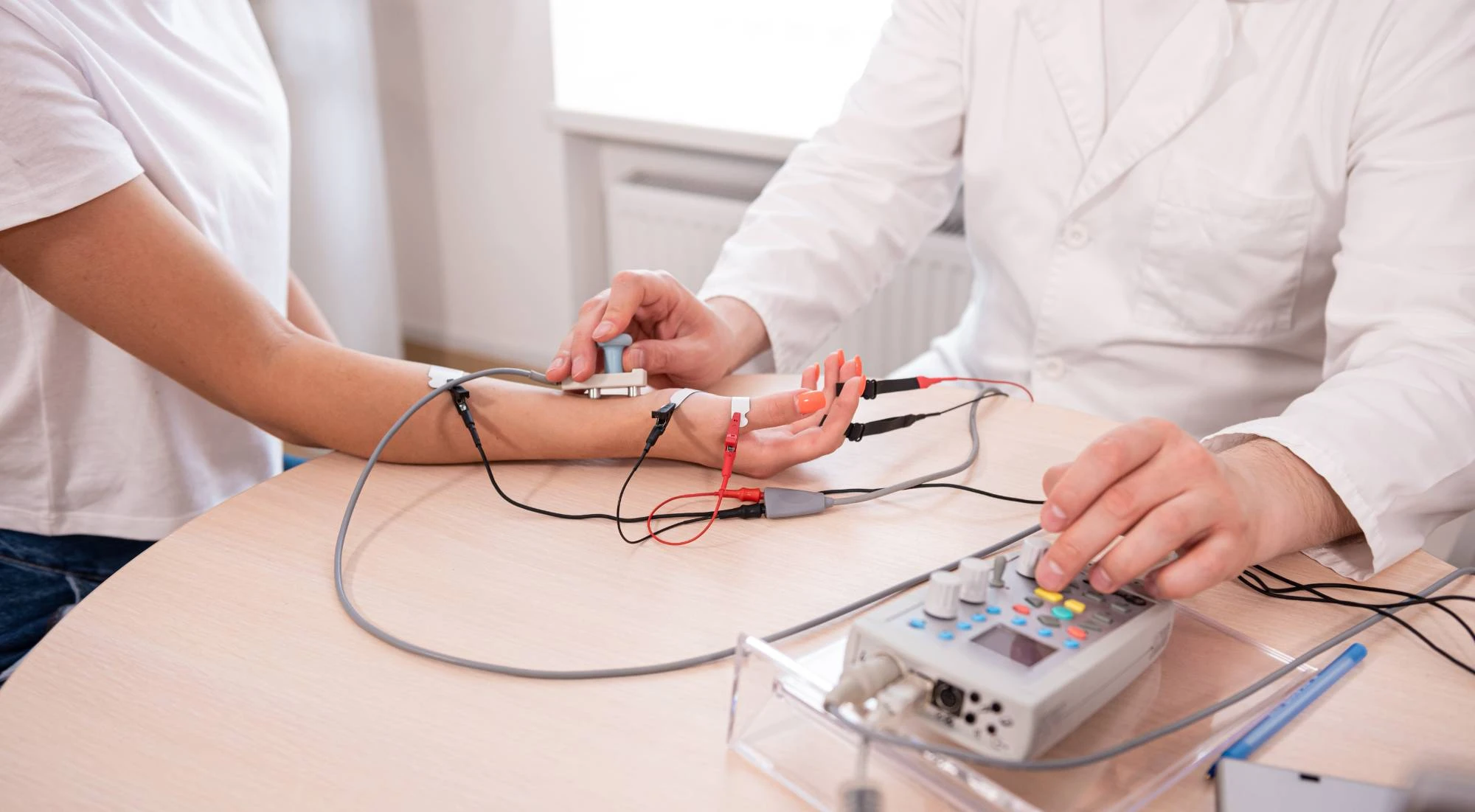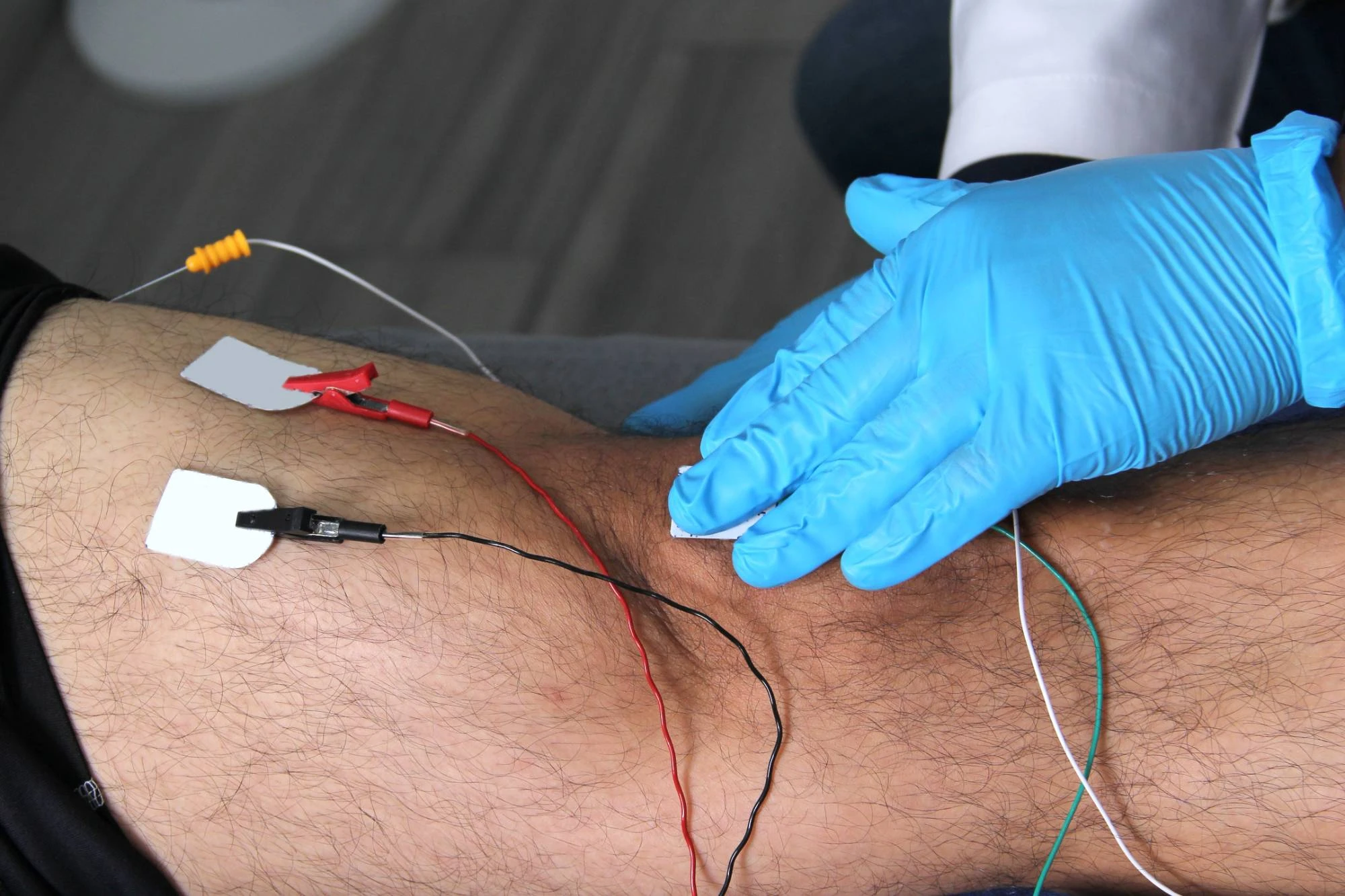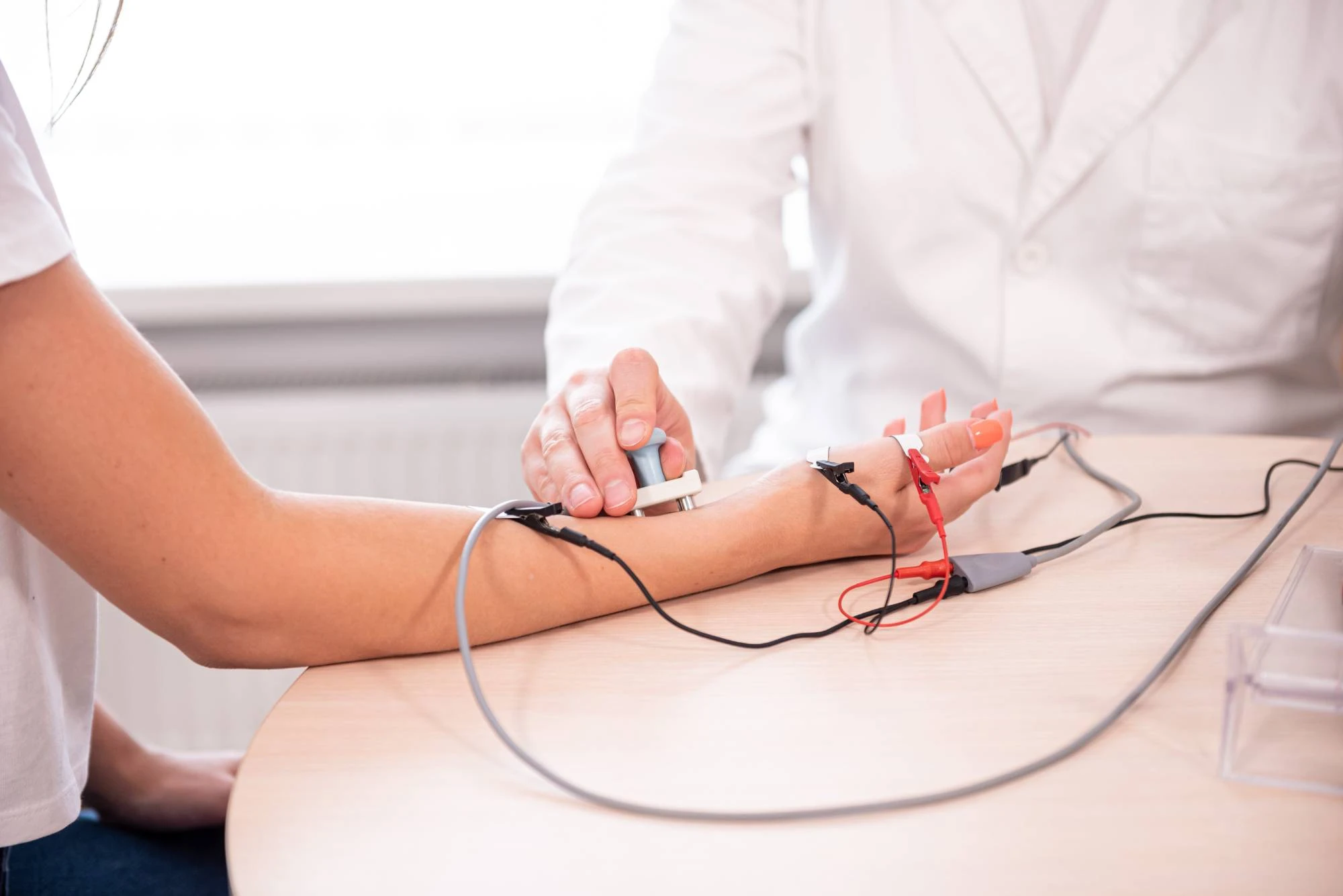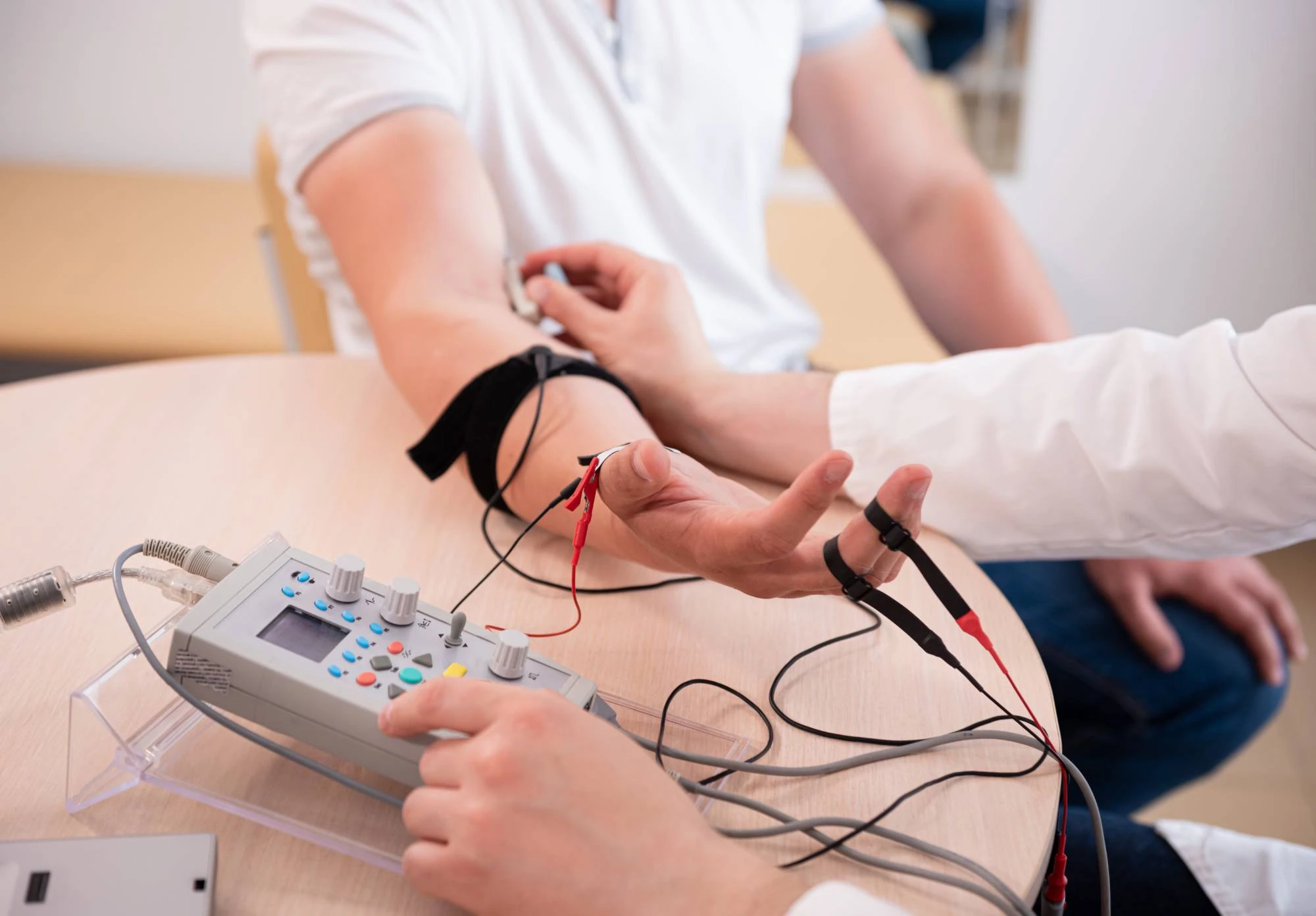Advanced electromyography testing that pinpoints exactly what’s causing your muscle weakness, numbness, or nerve pain.

Reviews

You’ve been dealing with unexplained symptoms long enough. Muscle weakness that comes and goes. Numbness in your hands or feet that won’t quit. Tingling that keeps you awake at night.
EMG testing gives you the definitive answers you need. This diagnostic test measures the electrical activity in your muscles and nerves, revealing exactly where the problem lies and what’s causing your symptoms.
When you know what you’re dealing with, you can finally move forward with the right treatment. No more guessing. No more wondering if it’s all in your head. Just clear, measurable results that point toward real solutions.
NY Spine Medicine brings years of specialized experience to Sunrise Harbor, focusing exclusively on spine and nerve-related conditions. We have built our reputation on accurate diagnostics and clear patient communication.
Every EMG test is performed by our experienced specialists who understand that you’re not just looking for data—you want answers that make sense. We take time to explain your results in plain language and discuss what they mean for your treatment options.
This isn’t a rushed process. You get the attention and expertise your condition deserves.

The EMG test has two parts: nerve conduction study and electromyography. First, small electrodes are placed on your skin to measure how well your nerves send signals. You’ll feel brief, mild electrical pulses—uncomfortable but not painful.
Next, a thin needle electrode is inserted into specific muscles to record their electrical activity. You’ll be asked to relax and then contract certain muscles while the equipment measures the response. The entire process typically takes 30-60 minutes.
Most patients find the test more tolerable than expected. Results are available immediately, and your doctor will review the findings with you before you leave. You’ll understand exactly what the test revealed and what it means for your next steps.

Ready to get started?
Your EMG testing includes both electromyography and nerve conduction studies in one appointment. This comprehensive approach tests muscle function and nerve signal transmission, giving a complete picture of your condition.
We use advanced diagnostic equipment that provides precise measurements and clear results. Whether you’re dealing with suspected carpal tunnel syndrome, pinched nerves, muscle disorders, or unexplained weakness, our testing identifies the exact location and severity of the problem.
You’ll receive a detailed explanation of your results, along with specific recommendations for treatment. Our goal is to give you clarity about your condition and a clear path forward for addressing your symptoms.

New York:
Florida:
Support